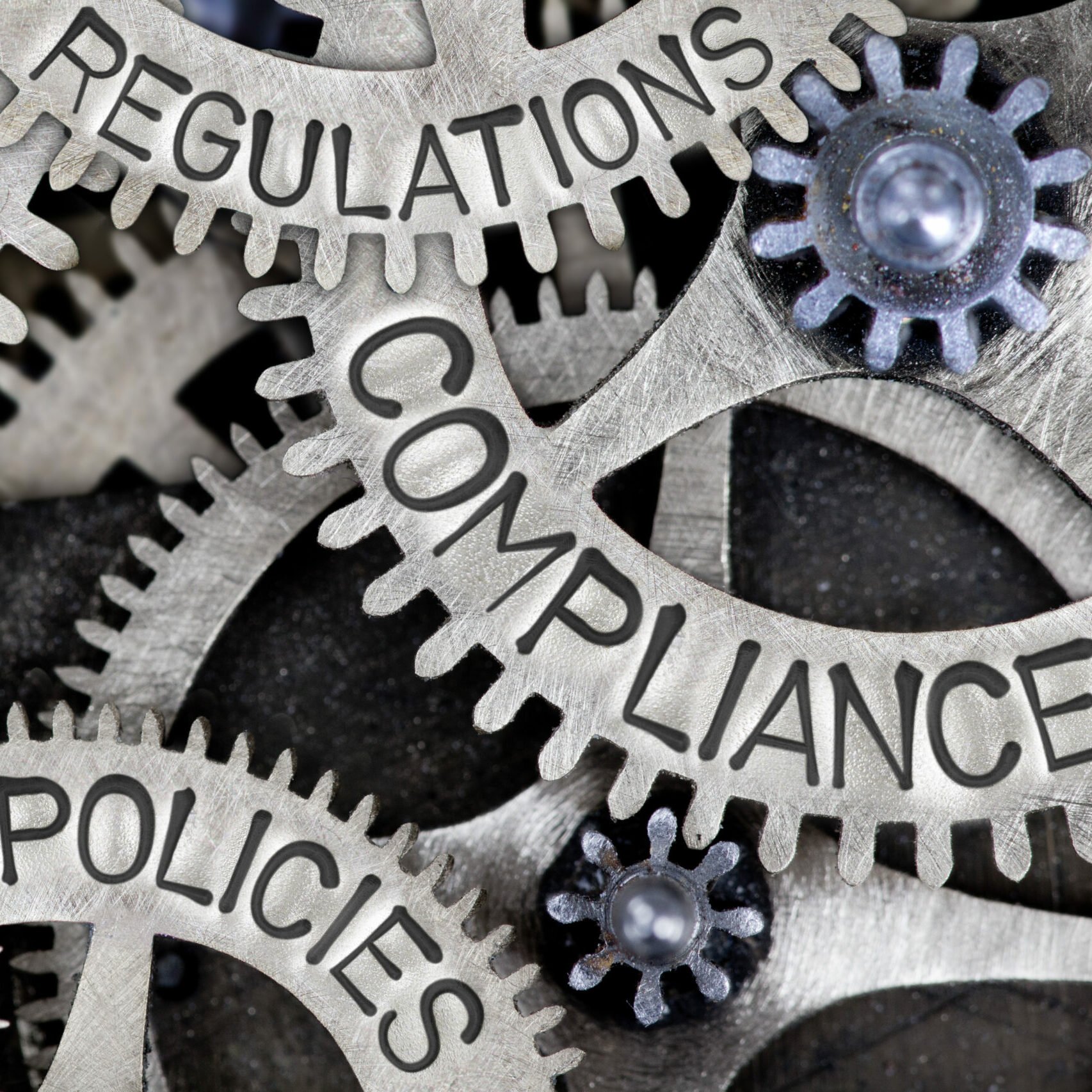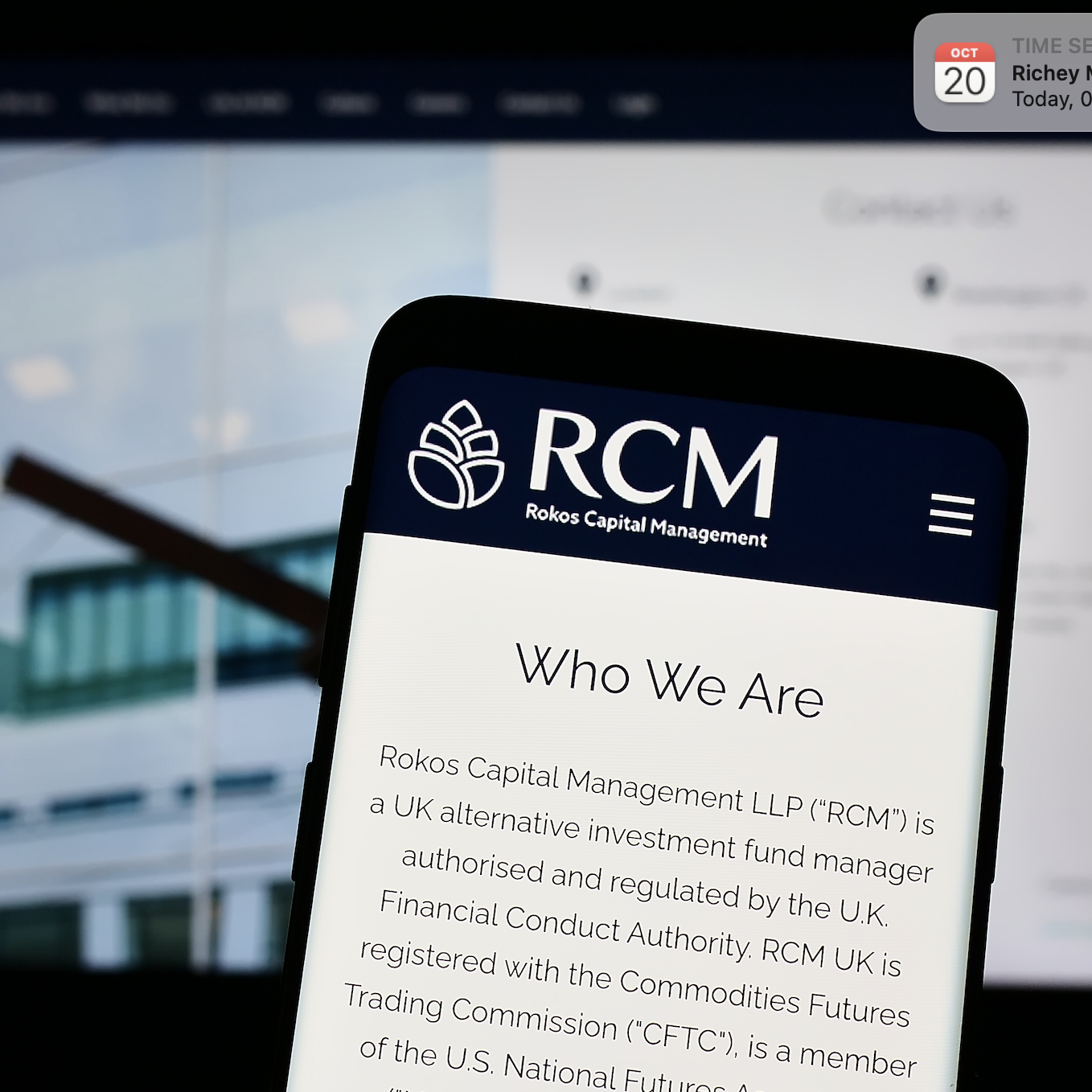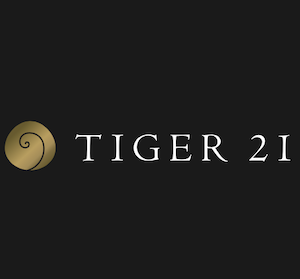The rapid growth of digital assets has created unique challenges and opportunities as the industry balances the needs of an innovative, ambitious sector with the checks and balances needed to ensure the security and safekeeping of assets.
Market structures are developing to mirror traditional financial standards and against this backdrop, the custody of digital assets has come under sharper scrutiny. There are two key approaches to custody that investors and asset managers should consider, self-custody or managed custody. Each comes with its own set of benefits and drawbacks which investors must weigh when making their decision.
In this context, asset segregation, transparency, compliance in key regulatory jurisdictions and secure collateral management solutions are all elements which must be taken into consideration when opting in for the custody of digital assets.
Not your father’s asset class
As the digital asset market matures, custody services are evolving to meet the changing needs and expectations of a growing cohort of institutional clients.
Given the nascent nature of the asset class and the fact these assets differ significantly from traditional markets, digital assets can present a more complex set of risks, that can have irreparable and costly consequences.
Approaches to custody and risk management thus vary and some counterparties, mainly native crypto outfits, may feel like they have the procedures in place to mitigate these risks and control their own keys. However, this is debatable.
For institutional financial and buy-side players venturing into the digital assets space, managed custody clearly outweighs the self-custody route due to various factors.
If a party chooses to self-custody, transmission and storage are their sole responsibilities. These processes can be challenging on various levels. For example, the inability to verify the recipient’s identity and location when transferring assets on a public blockchain means any investor or manager choosing to self-custody needs to be meticulous in the way they handle transactions.
“If there is an error in transferring capital from one party to another within the traditional asset ecosystem, those assets can be tracked,”,” says Nicolas Bertrand, Komainu CEO, “but on a public blockchain, one has an address but no way of verifying who or where one is sending an asset to.”
Managed custody mitigates the multitude of risks associated with this new asset class and provides a highly specialized service with a huge barrier to entry with regards to operational costs, infrastructure requirements, cybersecurity measures and regulatory and compliance expertise.
Bertrand warns: “Unless sophisticated and with a native crypto bent, our strong view and advice is to take the managed custody route.”
Following the FTX collapse, custody has come under the lens and Bertrand further outlines how the commingling of assets has been a significant source of preventable debacles and capital impairments in the crypto industry.
“Proper segregation of client assets from each other and the custodian’s balance sheet is essential to mitigate risks and maintain trust. This involves implementing distinct layers that ensure the separation of assets. All parties entering a custodial arrangement must ensure these segregation requirements are met to prevent potential errors.”
In the digital asset industry, transparency and trust are critical, particularly in a post-FTX world.
“Institutions must ensure they are not misled by custodians marketing as regulated entities. It is vital to understand the nuances of licenses and regulatory capital requirements, as these reinforce adherence to proof of reserves, liquidity requirements, and other essential metrics,” explains Bertrand., “By publishing audited financial statements, providing proof of reserves, and adhering to minimum capital and liquidity requirements, institutions can bolster investor sentiment and foster trust.”
Regulation of the digital assets industry remains in flux as the industry has witnessed the evolution of various regulatory approaches, from outright bans to registrations and authorisations. According to Bertrand, regulatory frameworks play a pivotal role in enhancing security and stability within the digital asset market.
“Principles-based frameworks, focusing on technology neutrality, have a better chance of standing the test of time without stifling innovation. Collaborative efforts between custodians and regulators are crucial to ensure institutions can operate in this space while upholding regulatory compliance.”
A multi-faceted approach
When it comes to the evolution of services offered to managers and investors, robust collateral management offerings and custodial staking services have emerged as game-changing add-ons. These services allow institutional clients to put their assets to work and maximise trading opportunities while their assets remain secure which will ultimately drive the growth and adoption of digital assets by spurring liquidity.
“Through tri-party agreements and on-chain custody verification, clients can hold their digital assets in collateralisation scenarios within secure, regulated custody. This eliminates the need for clients to hold collateral with trading partners, enabling 24/7 trading while maintaining the security of assets,” added Bertrand.
As the digital assets landscape continues to evolve at breakneck speed, managers and investors must carefully consider their custody arrangements to build a sustainable exposure to this asset class. While self-custody might be appropriate for some, the majority of institutional-grade players investing in this asset class long-term are better placed to adopt a managed custody solution.
The rise of specialist custodians has served the market well, with practitioners demonstrating best practices and helping to foster needed trust and confidence in the asset class.








